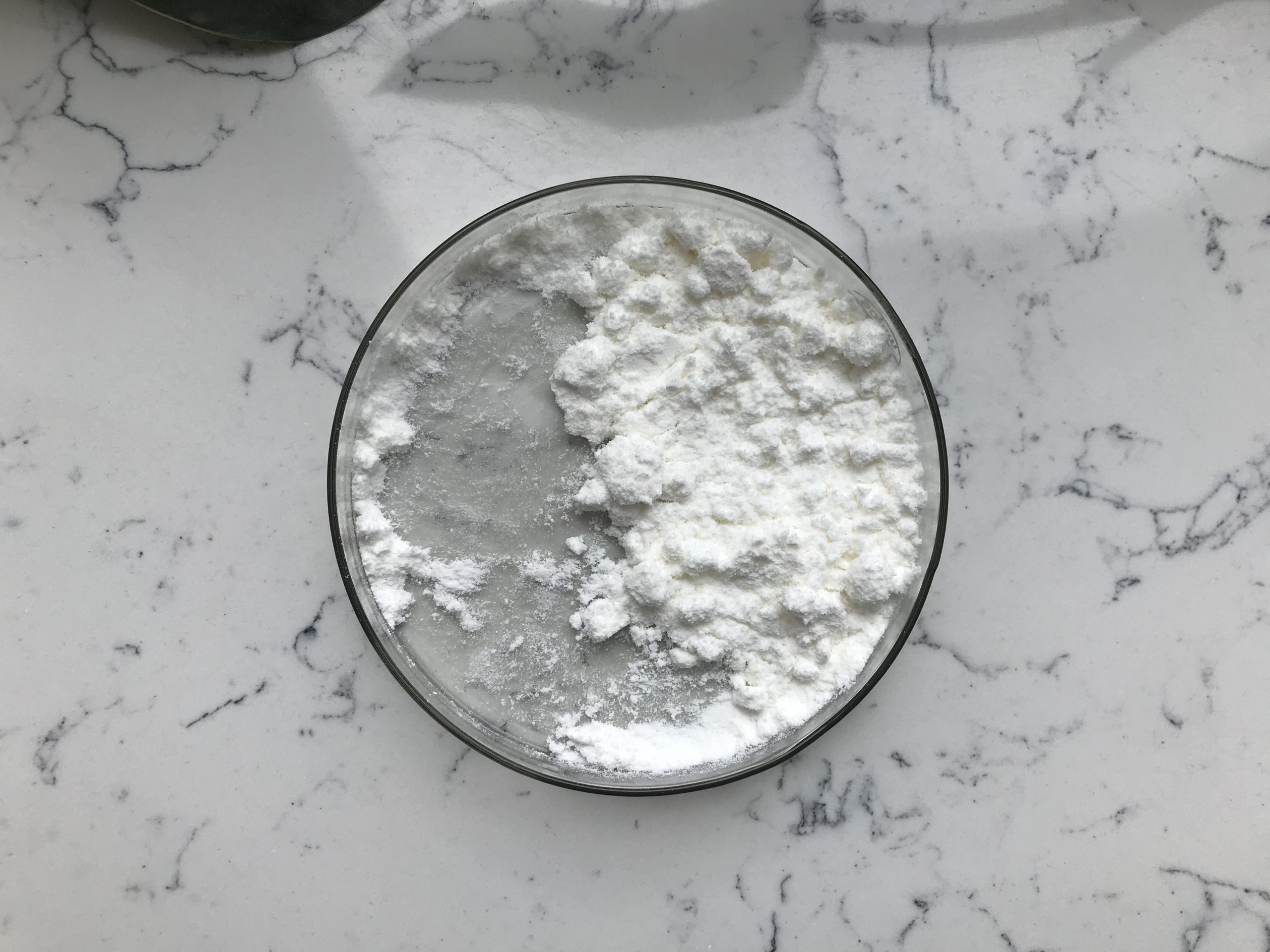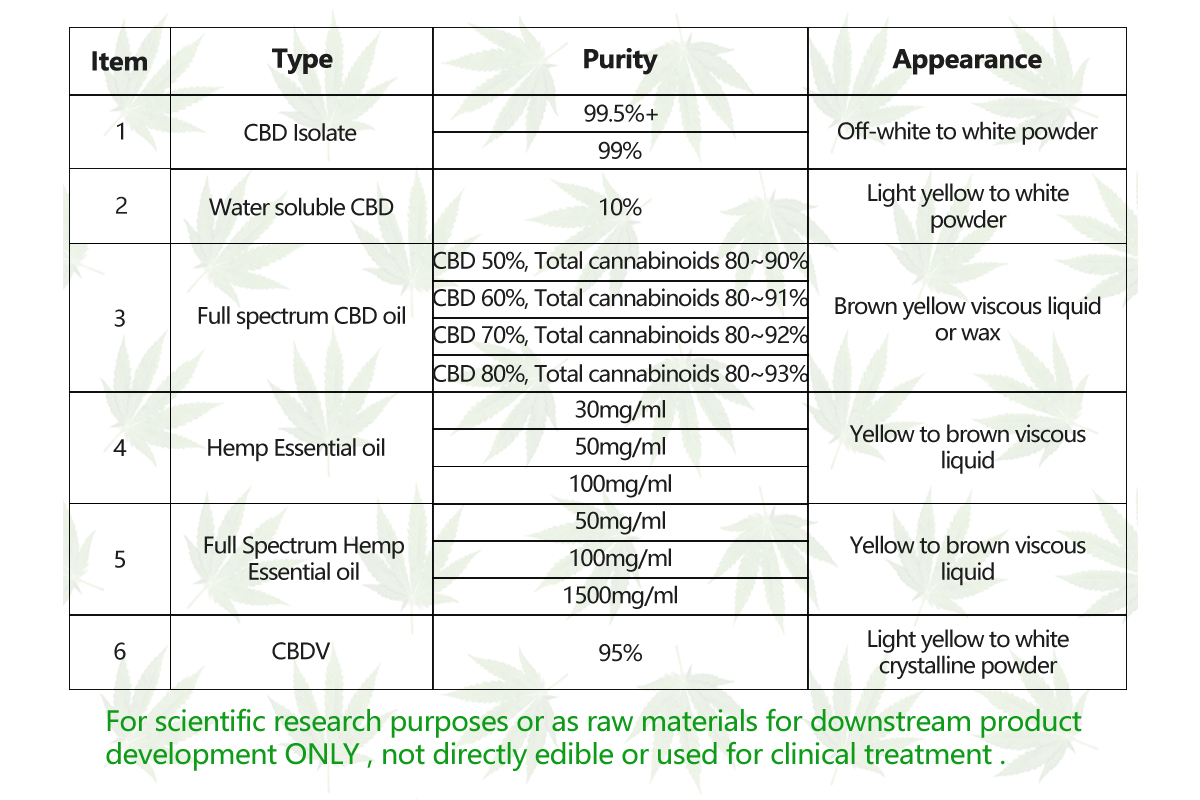CBD stands for cannabidiol, which is a naturally occurring compound found in the cannabis plant. It is one of over 100 cannabinoids present in cannabis. Unlike its more well-known counterpart, tetrahydrocannabinol (THC), CBD is not psychoactive, meaning it does not produce a “high” or altered state of consciousness.
CBD has gained significant attention for its potential therapeutic benefits, which have been studied for a variety of conditions. Some potential uses of CBD include:

- Pain Relief: CBD may have analgesic (pain-relieving) effects, and it’s being explored as a potential treatment for chronic pain conditions.
- Anxiety and Depression: CBD has been studied for its potential to alleviate symptoms of anxiety and depression, although more research is needed to fully understand its effectiveness.
- Epilepsy: Epidiolex, a CBD-based medication, has been approved by the U.S. Food and Drug Administration (FDA) to treat certain types of epilepsy, such as Lennox-Gastaut syndrome and Dravet syndrome.
- Neurological Disorders: Research suggests that CBD may have neuroprotective properties and could be beneficial in conditions like Parkinson’s disease and multiple sclerosis.
- Sleep Disorders: Some people use CBD to improve sleep quality and manage insomnia.
- Skin Conditions: CBD is an ingredient in some skincare products and may have anti-inflammatory effects that could be beneficial for skin conditions like acne and eczema.
- Substance Abuse Treatment: CBD has been investigated as a potential aid in reducing cravings and withdrawal symptoms in individuals with substance use disorders.
It’s important to note that while there is a growing body of research on CBD’s potential benefits, more studies are needed to fully understand its effects, dosages, and potential interactions with other medications. Additionally, the regulatory status of CBD varies by country and region, so it’s important to be aware of local laws and regulations.
If you’re considering using CBD for a specific health concern, it’s recommended to consult with a healthcare professional before starting any new treatment regimen.

How to use CBD?
CBD, or cannabidiol, is a compound derived from the cannabis plant that is known for its potential therapeutic benefits. It is commonly used for its potential to alleviate pain, reduce anxiety, promote relaxation, and more. Here’s how you can use CBD:
CBD Oil or Tinctures:
- CBD oil or tinctures are liquid extracts of CBD that can be taken sublingually (under the tongue) using a dropper. This method allows for faster absorption into the bloodstream.
- Start with a low dose and gradually increase until you find the right dosage for your needs. Follow the manufacturer’s instructions for dosing.
CBD Edibles:
- CBD-infused edibles, such as gummies, chocolates, or beverages, provide a convenient way to consume CBD.
- Effects might take longer to kick in compared to sublingual methods because the CBD must pass through your digestive system first.
CBD Capsules or Pills:
- CBD capsules or pills contain pre-measured doses of CBD. They are similar to taking regular supplements.
- Effects may take longer to feel compared to sublingual methods.
CBD Topicals:
- CBD-infused creams, lotions, balms, and salves are applied directly to the skin.
- These are commonly used for localized relief, such as for sore muscles or joint pain.
Vaping or Smoking CBD:
- Inhaling CBD through vaporizers or smoking CBD-rich flower is a method that provides fast-acting effects.
- It’s important to note that inhaling any substance, including CBD, can potentially have negative effects on the respiratory system.
CBD Patches:
- CBD patches are applied to the skin and slowly release CBD over time.
- They provide a controlled and consistent dose throughout the day.
CBD Isolate or Crystals:
- CBD isolate is a pure form of CBD that comes in a crystalline powder. It can be ingested, added to foods, or even mixed into oils for DIY products.
Combining Methods:
- Some people use a combination of methods to address specific needs. For example, using a sublingual tincture for immediate relief and applying a topical cream for localized pain.
Remember that individual responses to CBD can vary, and it’s advisable to start with a lower dose and gradually increase until you achieve the desired effects. It’s also a good idea to consult with a healthcare professional before adding CBD to your routine, especially if you are taking other medications or have underlying health conditions. Additionally, make sure to purchase CBD products from reputable sources to ensure quality and safety.
